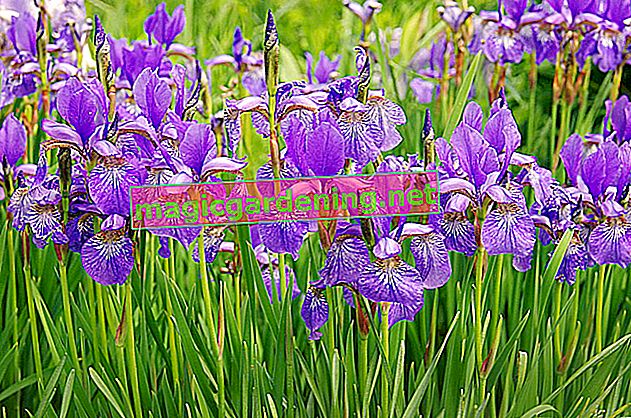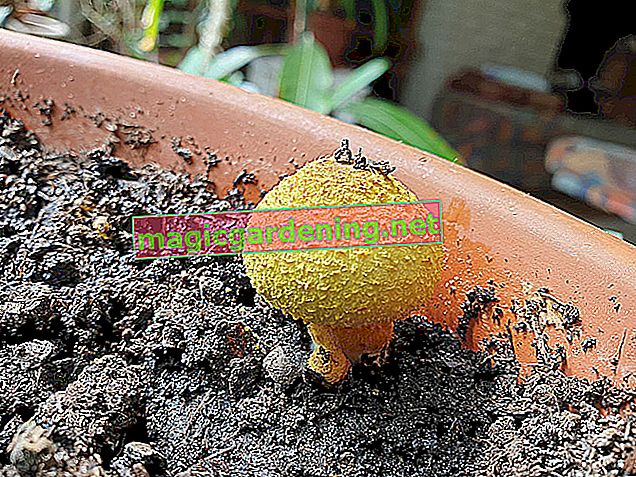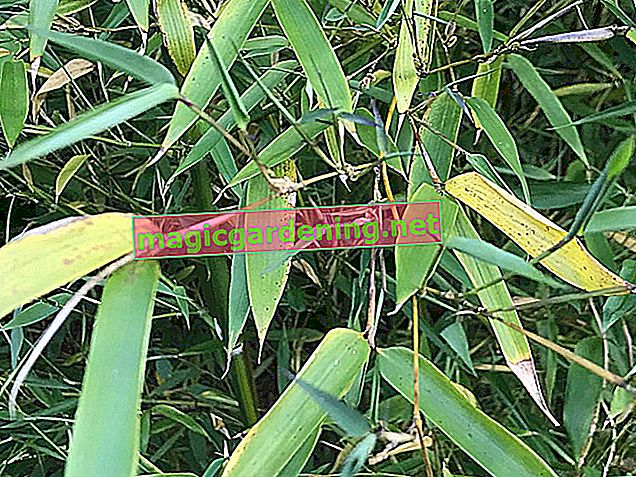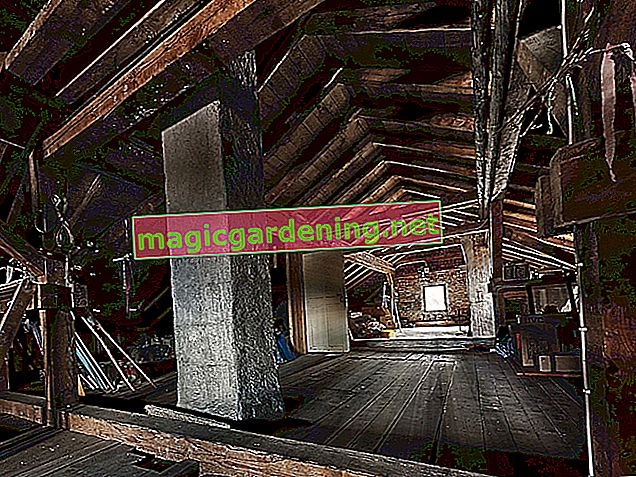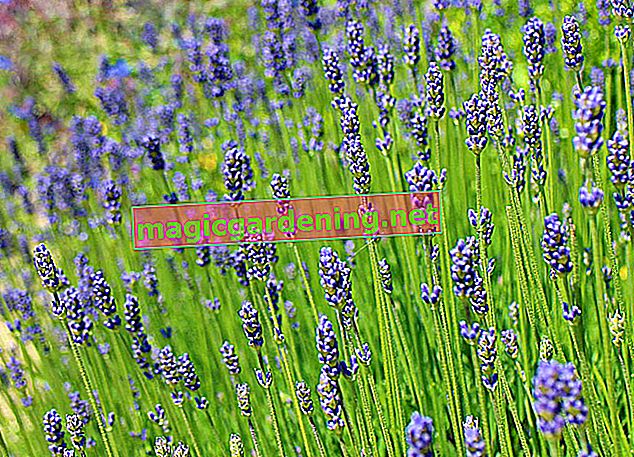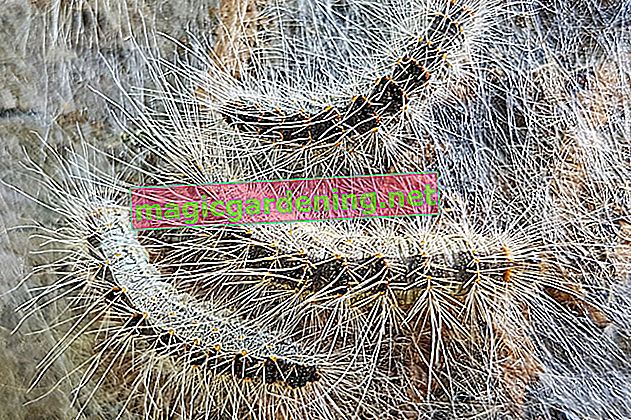
Fundamental difference
Millet is one of the seven grain varieties that make an important contribution to the food supply of the world's population. The collective term is divided into two sub-categories:
- the sorghum, which includes the large-grain varieties
- and millet millet with small grains
also read
- Germinate millet
- Let the millet germinate
- Harvest millet
The golden millet is a special subspecies that belongs to the millet millet.
Further differences at a glance
colour
Millet comes in many different colors on the plate. This property reveals a lot about the ingredients that are in each variety. The yellowish color of golden millet suggests a high carotene content. Millet species develop a golden to red color, especially in growing areas where the climate is hot. Other millet varieties, on the other hand, are white and glassy and have a high protein content.
processing
Unprocessed millet has a hard shell. So it is a whole grain product, so to speak. Golden millet differs in that it is peeled off before it goes on sale. Unfortunately, valuable ingredients are lost. However, the peeled grain is more digestible and has a delicate consistency.
Health value
From the two differences already mentioned, a third criterion ultimately results: the health value. For many types of millet, it is not recommended to use too much. The tannins contained are particularly critical. They bind calcium and iron and thus inhibit their absorption. However, golden millet has such a small proportion of this plant substance that it is completely harmless to consume. However, some millet varieties, which are almost exclusively eaten in Africa, lead to an undersupply of minerals.
Although the health value of millet and golden millet varies, the grain still contributes to a balanced diet.


